Transparent solar panels could let future smartphones charge themselves


Read in other languages:
Korean scientists have succeeded in designing a completely transparent solar panel that could someday allow the mere use of a smartphone to be enough to charge it.
- Fully transparent solar panels developed in South Korea
- Made possible by a combination of nickel oxide semiconductors and titanium dioxide.
- When used on smartphones, they could be charged while the phone is in use
New technology has many potential applications
Led by Professor Joondong Kim, scientists at Korea's Incheon National University have been able to create the first fully transparent solar cell. This is not the first time that transparent panels have been experimented with, but unlike previous more translucent results, complete transparency now opens up a whole new range of applications. For example, transparent solar panels could appear as overlays on the windows of office complexes as well as in cars, thus transforming windows into potential energy sources.
Of course, all mobile devices with displays could also benefit from this technology. In the future, this technology could lead to a scenario wherein a phone can maintain its charge using just solar energy and it will charge itself even while you are using it.
Do note, however, that charging efficiency is generally so low for such panels for the same reason, you should not expect miracles. Basically, on a solar-powered smartphone, we can expect the battery life of the phone to be extended. The panel, at least by today's technological standards is not powerful enough to recharge a phone completely from 0 to 100 per cent.
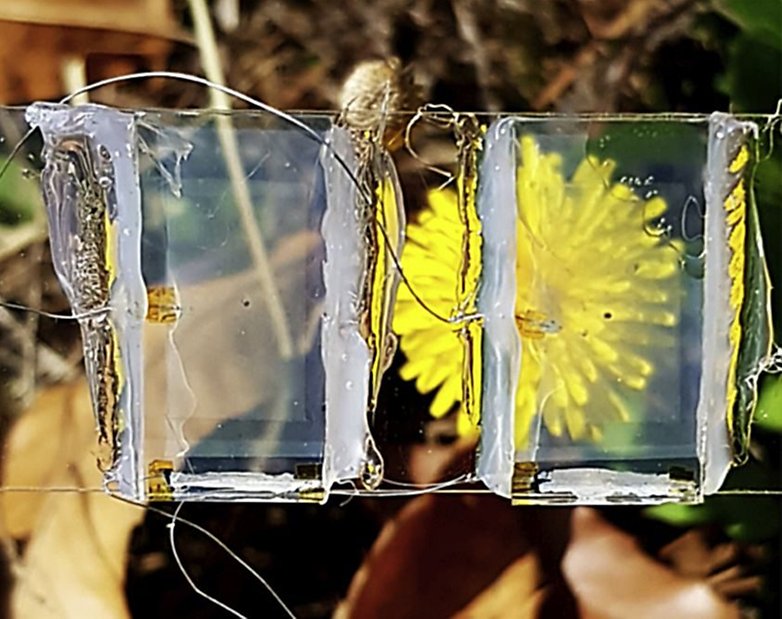
Complete transparency: made possible by the combination of titanium dioxide and nickel oxide
The potential of this energy source is still exploited far too marginally, partly because the currently available panels cannot yet be manufactured to be completely transparent, which is why they are relegated to rooftops, remote areas, etc. However, as mentioned earlier, the scientists at Incheon National University have now managed the feat of producing this effective and completely transparent solar cell for the first time, which could become a real gamechanger.
Their study has now been published in the Journal of Power Sources, which also explains in more detail how absorbed light can be converted into electricity using a new, innovative method. The titanium dioxide (TiO2) used is characterized by the fact that it is not only an effective semiconductor but also non-toxic, environmentally friendly and abundant as a raw material. Nickel oxide (NiO), on the other hand, is characterized by high optical transparency properties, and the combination of the two makes this new form of solar panel possible.
As already mentioned, this is not the first time that transparent panels have been experimented with, but until now they have always been unsuitable as windows or display overlays.
Source: Journal of Power Sources

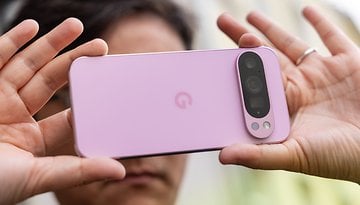
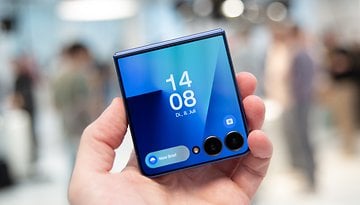

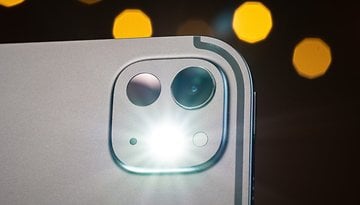
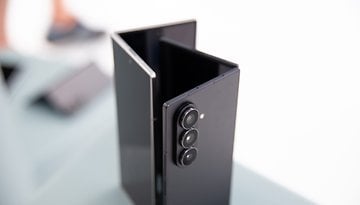


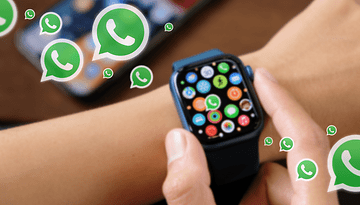
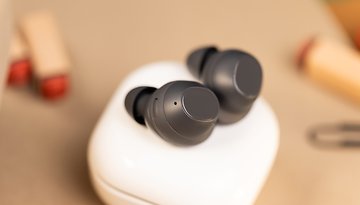
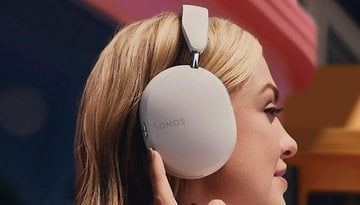
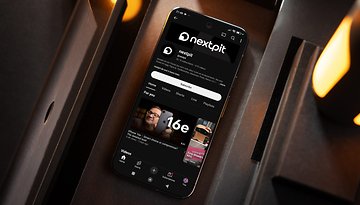


Sounds gimmicky. Phones live in pockets and bags too much for this to add true value at the low charge rate compared to added cost. You'd have to keep your phone out and exposed to bumps, bangs, and theft.
Maybe there's a developing country use case, but Im skeptical.